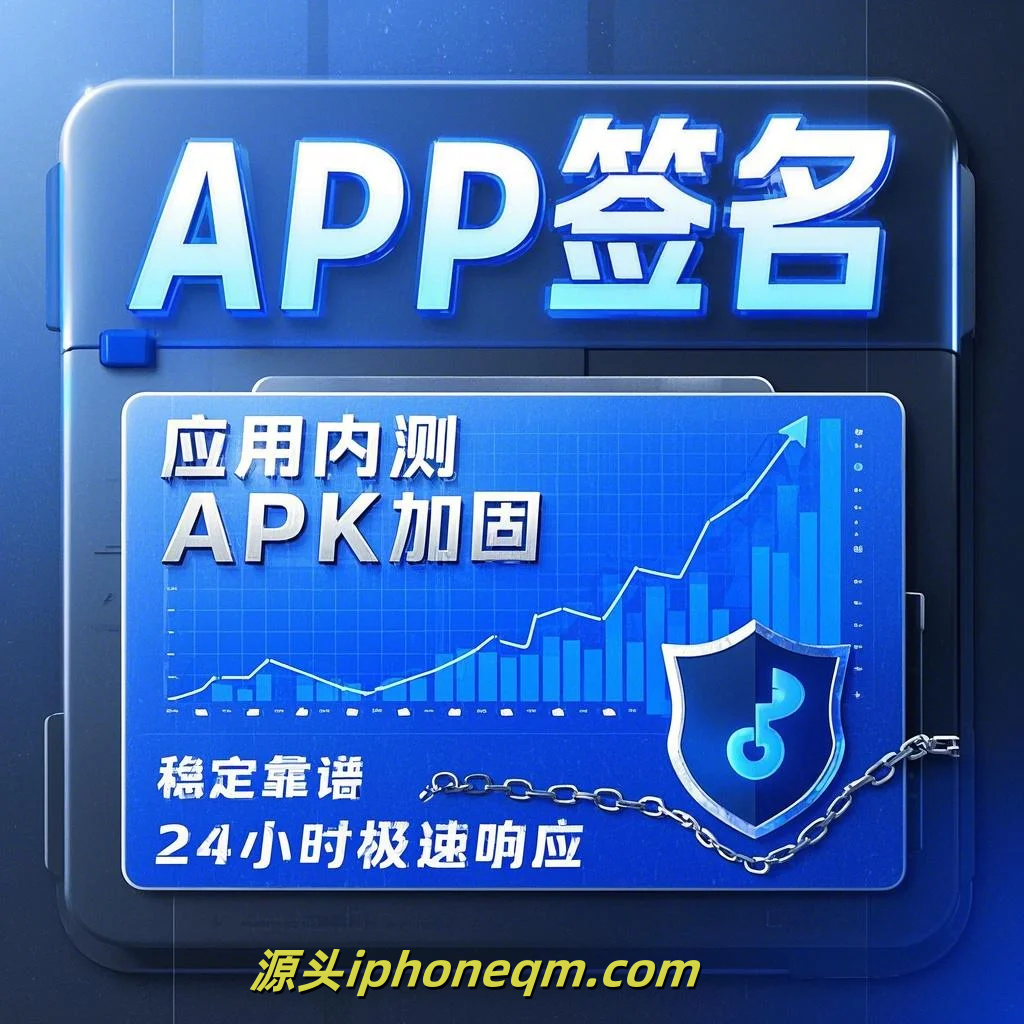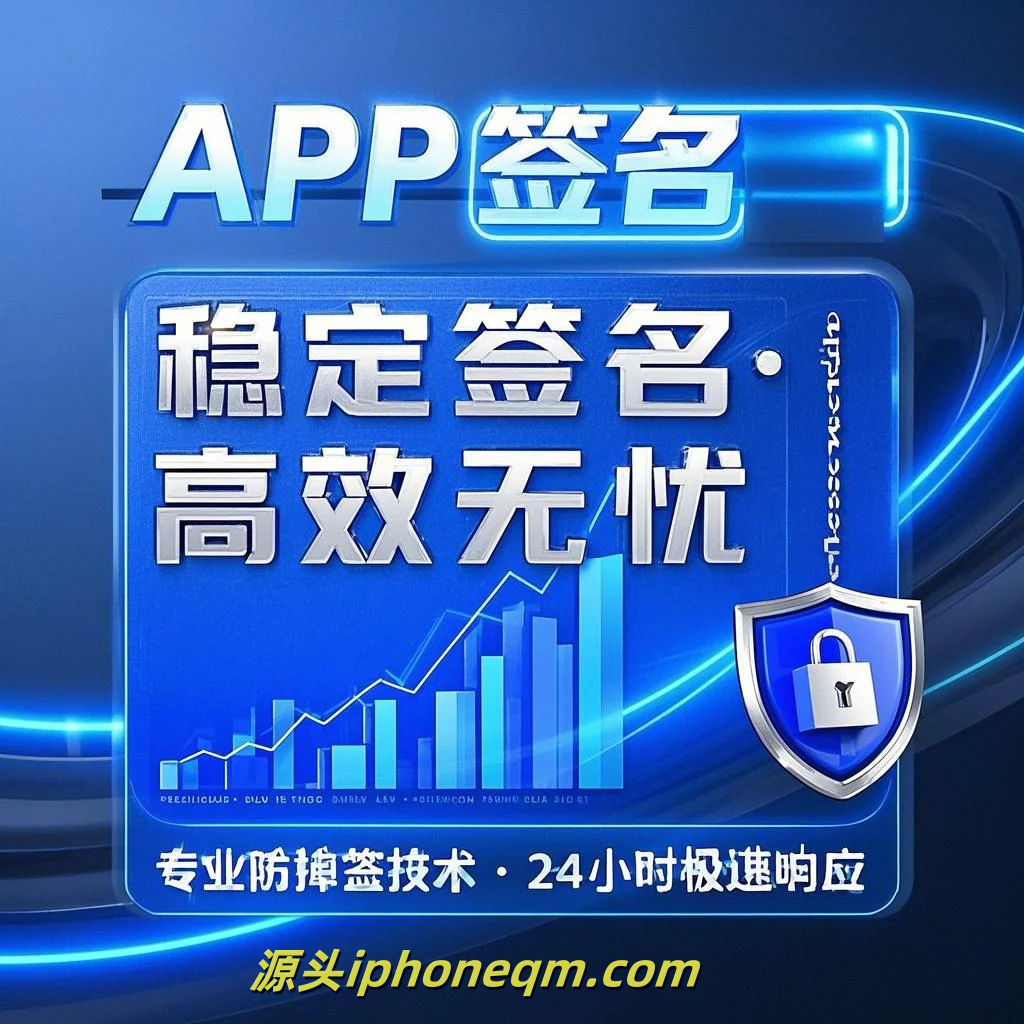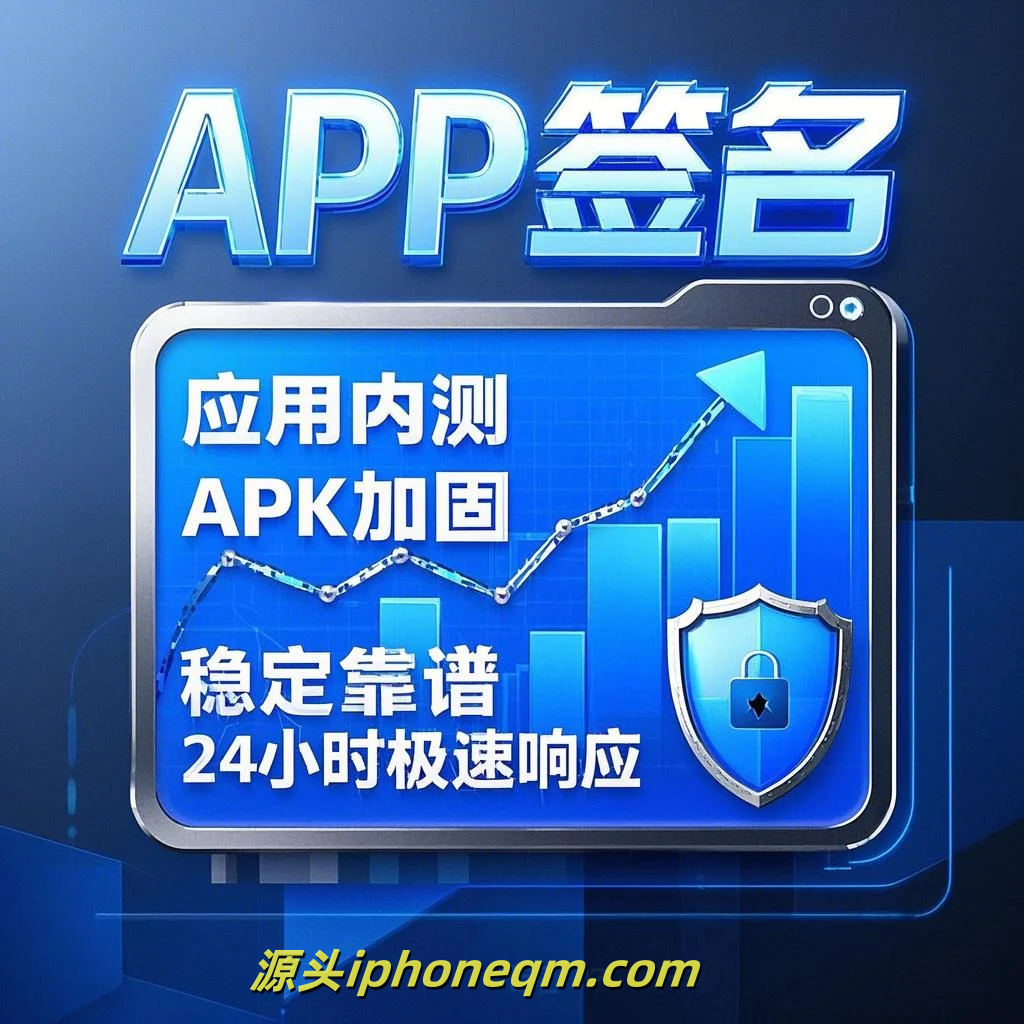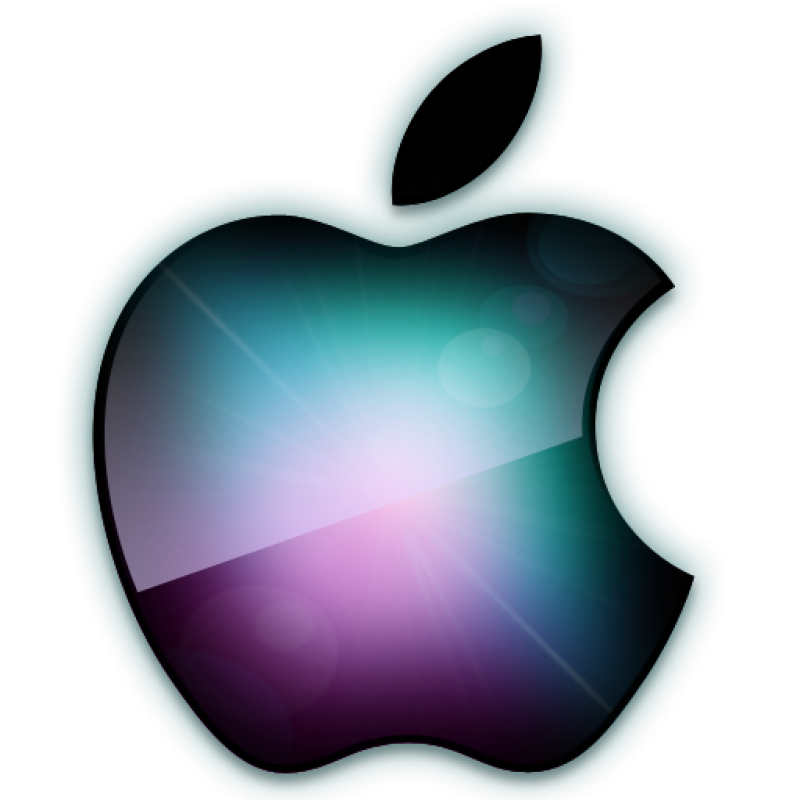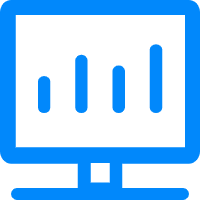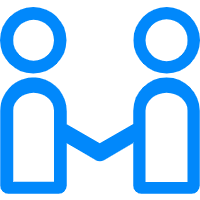The Evolution of iOS Signing Processes
The iOS signing process has undergone significant transformations since the launch of Apple's iPhone in 2007. As the platform has matured, the signing processes have evolved to improve security, streamline app development, and enhance user experiences. This evolution reflects Apple’s commitment to maintaining strict security measures while adapting to the needs of developers and users alike.
In the early days of iOS, the signing process was relatively straightforward but lacked the robust security measures seen today. Developers would generate a certificate through the Apple Developer Program and sign their apps using Xcode. This initial process provided a basic level of authenticity; however, it also exposed the platform to vulnerabilities. Unauthorized apps could be potentially uploaded to the App Store, posing risks to users.
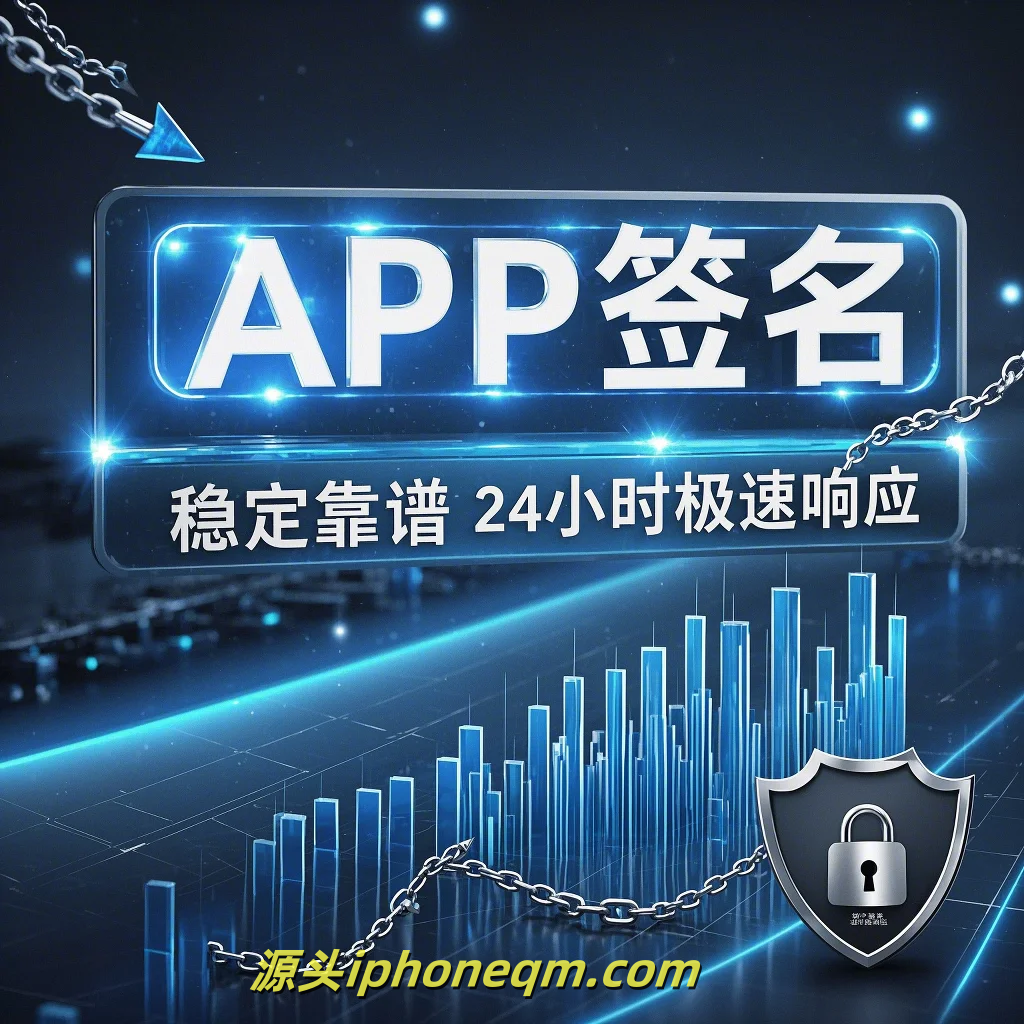
The introduction of stricter guidelines for app submissions marked a turning point in the iOS signing process. Apple implemented code signing, requiring developers to sign their applications with a unique certificate. This added a layer of security that ensured only legitimate apps made it to the App Store. Moreover, this shift made it challenging for unauthorized apps to run on iOS devices, safeguarding users from malicious software.
As the demand for apps surged, Apple recognized the need to optimize the signing process. In 2013, the introduction of Automatic Signing in Xcode streamlined the workflow for developers. This feature simplified the process by automatically managing provisioning profiles, certificates, and app IDs. Developers could focus more on writing code and less on managing these elements, fostering a more efficient development environment.
With the rise of enterprise app distribution, Apple expanded the signing process to accommodate various deployment scenarios. The introduction of enterprise certificates allowed organizations to distribute apps internally without going through the App Store, thus catering to the specific needs of businesses. However, this flexibility also led to challenges, as some enterprises misused the certificates to distribute apps publicly, prompting Apple to tighten its policies and impose stricter regulations on enterprise signing.
iOS 14 and later versions brought significant advancements to the signing process with the introduction of App Clips. App Clips provide lightweight versions of apps that users can access without installation, exemplifying Apple's focus on user convenience. To securely deliver these App Clips, Apple required developers to sign them with a unique App Clip Certificate. This innovation illustrates how Apple continually adapts the signing process to meet changing user needs while maintaining stringent security standards.
In 2020, with the rise of the developer community and third-party app stores, the discussion around signing processes took on new dimensions. Concepts such as open-source signing tools and alternative app distribution methods gained traction. While Apple has maintained a strong stance on its signing requirements, the conversations initiated by developers underscore the need for an ongoing dialogue between Apple and its developer base.
Finally, the introduction of the App Privacy Report in iOS 15 reflects Apple's commitment to transparency in app signing and privacy. By allowing users to see how apps use data, Apple fosters a sense of trust, ultimately enhancing its ecosystem's security.
In conclusion, the evolution of the iOS signing process mirrors the overall growth and complexity of the iOS platform. From initial basic signing methods to comprehensive security measures, Apple's adaptations demonstrate its dedication to safeguarding users while fostering innovation among developers. As the landscape continues to change, it will be exciting to see how Apple further evolves its signing processes to maintain its position as a leader in mobile technology.
扫描二维码推送至手机访问。
版权声明:本文由MDM苹果签名,IPA签名,苹果企业签名,苹果超级签,ios企业签名,iphoneqm.com发布,如需转载请注明出处。

